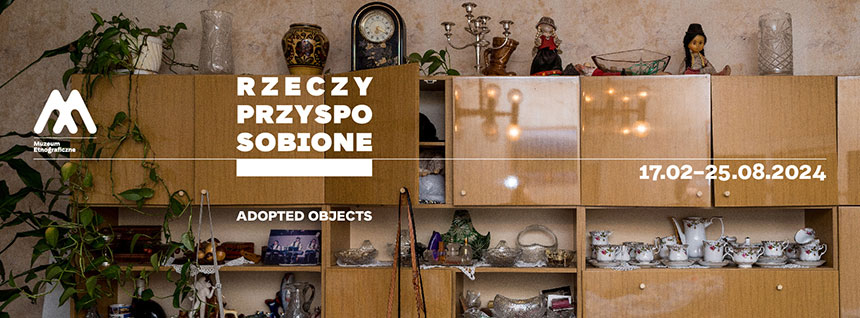Human relationships with things encompass experiencing differences in social class and status spurred by encountering objects with whose value and use one is unfamiliar because they originate from a different social background. Objects can also be used as instruments of social mobility.
Acquiring new possessions by Polish settlers arriving in the Northern and Western Territories was seen by many as a means of advancing their social status. Ideas concerning objects and their “proper” circulation play an important role in reproducing class structure and perpetuating class-based discrimination. These mechanisms are revealed in observing a dissonance between an object belonging in some construed original context and the (inadequate) social capital of its new owner, like the perceived incongruence between the bourgeois comforts and decor of apartments in prestigious locations in Wrocław, Szczecin and other towns in the Western and Northern Territories and their new occupants after 1945 who often came from underprivileged backgrounds.
Dress made of a shawl bought from a German woman in the open-air market in Krakowska Street in Wrocław
Wrocław
courtesy of Elżbieta Baluch
Softly enveloping the wearer’s body, the dress has been made of another personal item: a black georgette shawl with small allover black pattern, and has retained its simplicity and sophistication. The shawl was bought from an elderly German woman at the notorious open-air market in Krakowska Street in Wrocław which even many years after the war was called “szaberplac” in reference to selling things looted or otherwise “procured” in the turbulent period of postwar lawlessness and flux. To female settlers in the Recovered Territories, prewar fabrics, trimmings, gloves, and other kinds of female finery that were offered for sale often represented the bygone world of refinement and elegance. They also made one think about the original owners of these things: who they were and why did they decide to part with the items?
“I obsessively frequented the market in Krakowska Street when I was a student at Wrocław University, that is in the late 1970s – early 1980s. The place was unique, exuberant, really crazy. There has been nothing like it again in Wrocław. There was everything: from vodka sold by glasses and three-card monté to stolen cars and clothes from parcels sent by relatives from America to various artistic and vintage items snatched by real and aspiring collectors. These women stood there quietly, their fragility and old-fashioned elegance making them stand out against this whole menagerie. They offered these “gems” which we found so fascinating: beautiful, exquisitely made prewar clothes of fine fabrics like georgette, scarves, shawls, precious gloves, and… buttons. I was particularly, pathologically crazy about buttons. I would buy buttons and only later think of what clothes I would make to use them. They were little works of art, especially compared to plastic atrocities sold in stores. Occasionally, I would find something really special. These things were not terribly expensive, I could afford them even as a student. These elderly ladies seemed so delicate that one would not even try to bargain with them, especially that parting with such personal items must have been very emotional anyway. I wore this dress for a long time, I liked it, it somehow made me think about my grandmother. Later I gave it to my daughter who styled it very differently” (Elżbieta Baluch).
